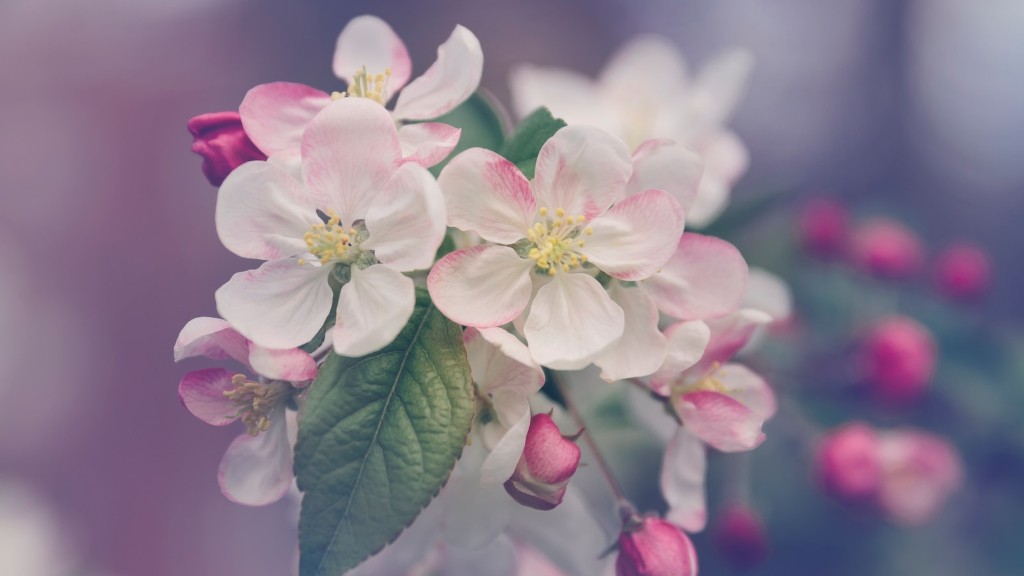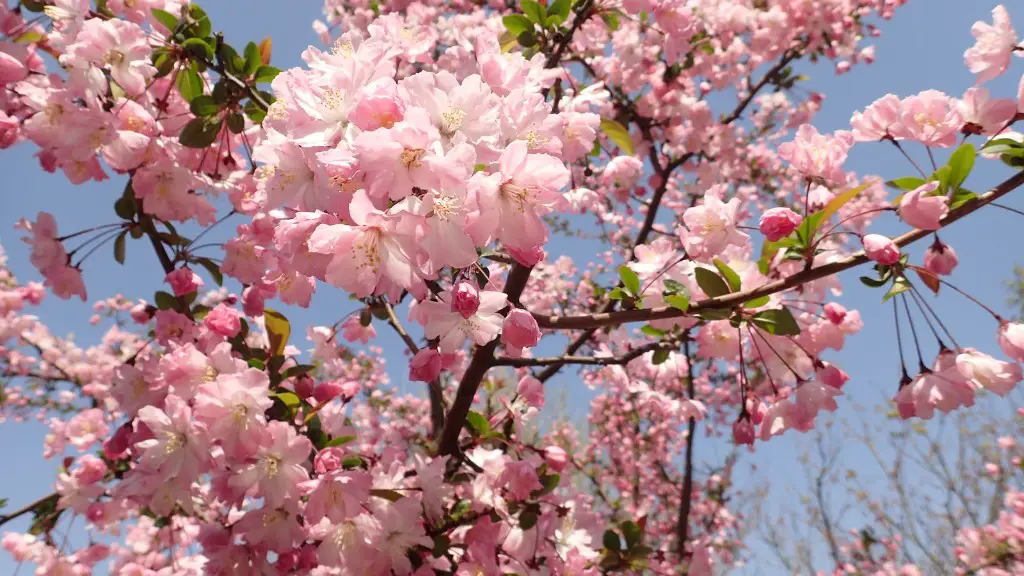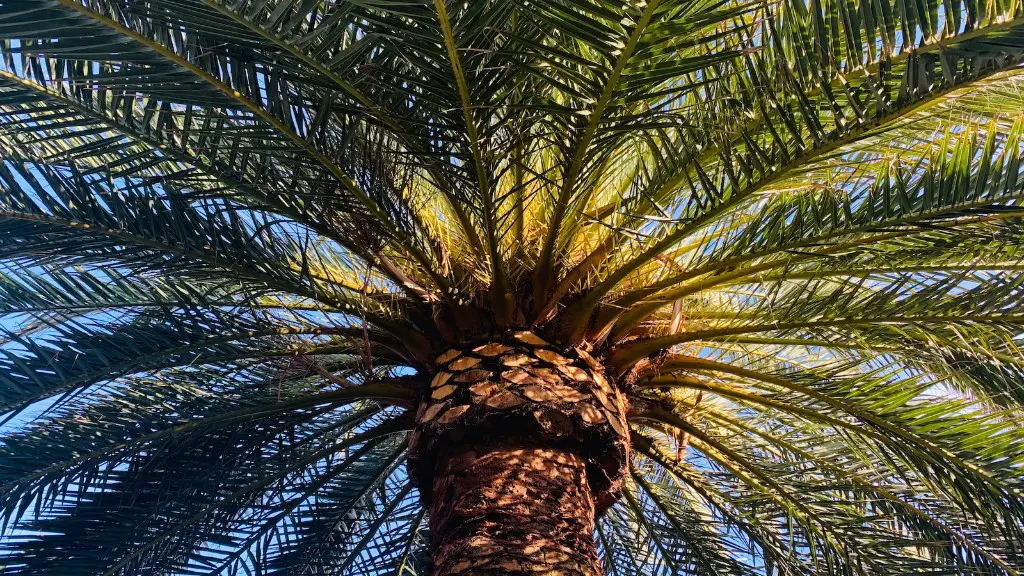Physical Features of Kwanzan Cherry Tree
The Kwanzan cherry tree (Prunus serrulata ‘Kwanzan’), sometimes referred to as the Japanese flowering cherry (Kwanzan-zakura) is a species of flowering cherry tree that is native to eastern Asia. This cherry tree is a medium to large deciduous tree, growing up to 50 feet tall with a round to oval crown. The bark of an old Kwanzan cherry tree is light gray to gray-brown and smooth, eventually developing shallow fissures as the tree ages. The branches of the Kwanzan cherry tree are long and cascading.
The tree bears pinkish-white blossoms in large, goblet-shaped clusters that appear at the end of April or the beginning of May. The flowers have single petals of five to eight. As the tree starts to flower, the foliage on the 2- to 3-inch-long leaves becomes bronze-tinted. The foliage matures to become a glossy, dark green and turns yellow in the fall.
Does Kwanzan Cherry Tree Produce Cherries?
Unlike other types of cherry trees, Kwanzan cherry trees do not produce cherries. According to experts from the University of Connecticut, Kwanzan cherry trees are strictly ornamental and will not produce fruit. The tree should be grown for its beauty and attractiveness that it adds to a landscape and not for the fruit it produces. Some other types of cherry trees, such as the Montmorency cherry, do in fact produce cherries that can be eaten fresh or used in baking.
Due to this fact, the Kwanzan cherry tree is a popular choice for urban areas and public parks where it is not necessary to deal with messes that a cherry tree would produce if it were growing fruits. In addition to its beautiful blossoms, Kwanzan cherry trees offer a great deal of visual appeal to an area. This makes the tree a natural choice for aesthetically pleasing landscaping projects.
uses of Kwanzan Cherry Tree
Beyond its ornamental characteristics, the Kwanzan cherry tree also has some practical uses. As an example, the Kwanzan cherry tree often has medicinal benefits, producing flowers, leaves, and bark that can be used in various remedies and treatments.
In addition, the Kwanzan cherry tree is popular for its aesthetic qualities. The tree’s fragrant, cherry blossoms are often used in flower arrangements, adding visual impact to any setting. The leaves and bark of the tree may also be used in floral arrangements, creating a distinctive look.
Caring for Kwanzan Cherry Tree
When growing Kwanzan cherry trees, proper care is essential for optimum growth and survival. The tree prefers moist, well-drained soil and an area that receives full sun. The tree should be mulched around its base, but only to a height of 1 to 2 inches to avoid damaging the tree’s roots. The tree should also be pruned occasionally to keep its shape and get rid of dead or broken branches.
In general, Kwanzan cherry trees should be fertilized once a year in the spring, when the tree is in active growth. Good quality, slow release fertilizers are the best choice for the tree, as they will provide the nutrition the tree needs over a longer period of time.
Common Diseases and Pests
When grown properly, Kwanzan cherry trees are quite resistant to diseases and pests. However, there are certain problems that the tree may be affected by from time to time. As an example, the tree may suffer from verticillium wilt, a fungal disease that wilts the foliage. This can be prevented by planting the tree in well-draining soil, pruning it regularly and raking up dead leaves to reduce the presence of excess moisture.
In addition, Kwanzan cherry trees may be affected by aphids and Japanese beetles. These pests can be removed by hand or, if the infestation is too large, by using an insecticidal soap.
Pruning a Kwanzan Cherry Tree
Proper pruning is necessary to maintain the shape and size of a Kwanzan cherry tree. Pruning should be done in the late winter or early spring, when the tree is still in its dormant state and is not actively growing. The tree should be pruned so that only dead, weak and broken branches are removed. All cuts should be made at an angle, one-quarter of an inch above a bud or leaf node. Pruning should be done sparingly, as not to damage the tree too much.
When pruning, it is important to use sharp, clean tools so as not to damage the tree. Tools should be sanitized before and after each use to prevent the spread of diseases.
Protecting Kwanzan Cherry Tree in Winter
Kwanzan cherry trees can tolerate cold temperatures and are generally hardy in most regions. In areas prone to cooler temperatures and hard frosts, the tree should be protected during the winter to prevent freeze damage. Mulch made of bark, wood chips or leaves should be placed around the tree’s trunk, making sure to keep it away from the tree’s bark. A burlap wrap can also be placed around the tree to help insulate it from the cold.
In addition, Kwanzan cherry trees should be watered during droughts to ensure that their roots are not dried out. This is especially important in winter, when the tree is not actively growing.
Promotion of Kwanzan Cherry Tree
Kwanzan cherry trees can easily be promoted and popularized among local community members as a popular landscape tree in private and public places. This can be done through public outreach such as attending local events and distributing promotional material about the advantages of Kwanzan cherry trees such as their attractive blooms, long life expectancy, hardiness to severe weather and relative resistance to diseases and pests. In addition, word of mouth can be used to spread the message and promote the tree in local landscaping projects.
Landscape Durability of Kwanzan Cherry Tree
Kwanzan cherry trees have a long life expectancy, making them a great choice for long-term landscape design. The tree is generally hardy and can withstand a variety of weather conditions, as well as resisting pests and diseases. In addition, it produces beautiful blooms in the spring, adding visual interest and providing an attractive backdrop to any kind of landscaping project.
Finally, the Kwanzan cherry tree is quite tolerant of pruning, making it easier to maintain the size and shape of the tree over time. This makes it a great choice for developing focal points and creating a look that will last for years to come.
Maintenance of Kwanzan Cherry Tree
Kwanzan cherry trees require very little maintenance compared to other types of trees. They should be watered regularly and fertilized annually, but other than that the tree is relatively self-sufficient. The tree should be pruned occasionally to keep it in shape and get rid of dead or broken branches, and it should be mulched yearly to keep it happy and healthy.
In addition, the tree should be inspected regularly to spot any possible pest or disease problems. Usually, these issues can be taken care of with simple methods such as hand-removal or an insecticidal soap.
How to Choose the Right Site for a Kwanzan Cherry Tree
When choosing a location for a Kwanzan cherry tree, the soil should be given careful consideration. The tree prefers moist, well-drained soil and an area that receives full sun. It can also survive in partial shade, though its blossoms may not be as abundant. Additionally, the tree should be planted in an area that has enough space for it to spread out and grow, as well as enough space for pruning.
In addition, it is also essential to make sure that the site for the Kwanzan cherry tree is far away from any buildings, as the tree may not survive if planted too close to a structure. Finally, it is important to plant the tree in an area that is protected from strong wind, as the tree is sensitive to gusts.


